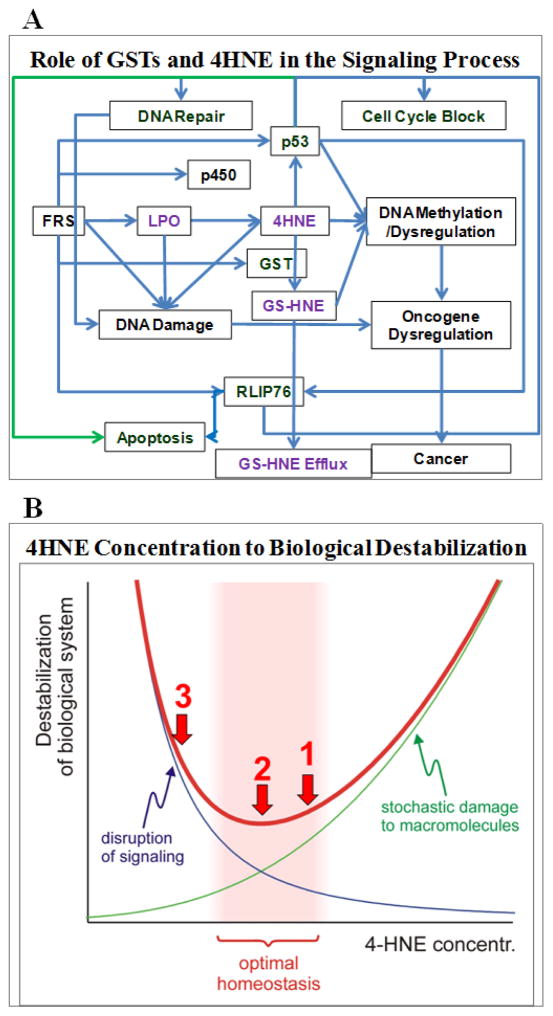Figure 1. Proposed model for GST and RLIP76 function.
A model for control of signaling by GST and RLIP76 through regulation of cellular levels of 4HNE and its metabolites such as GS-HNE. RLIP76 is a transporter of glutathione-conjugates of carcinogenic electrophiles (GS-E) arising from xenobiotic compounds as well as endogenously generated electrophilic compounds, particularly metabolites of lipid-peroxidation of ω-6 fatty acids (linoleic, γ-linolenic, arachidonic). 4HNE has been shown to have high toxicity to mammalian cells, can inactivate various enzymes and also inhibit DNA and protein synthesis. 4HNE and or its related bioactive metabolites can damage DNA, leading to formation of pro-mutagenic lesions in inflammation-driven cancers (A). Schematic representation of the non-monotonic relationship between tissue 4HNE concentration and loss of biological homeostasis. Details are provided in the text under the heading “Role of 4HNE in aging” (B).

